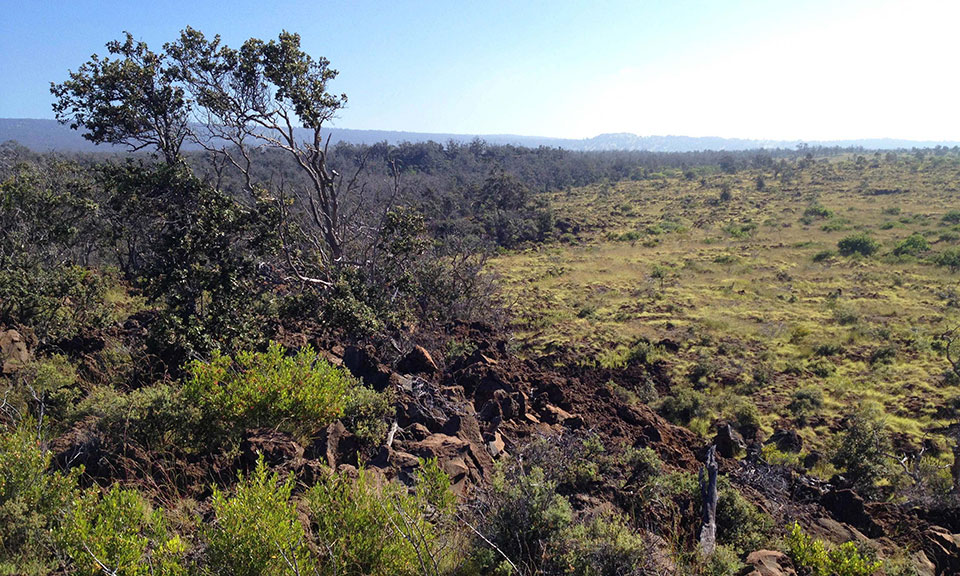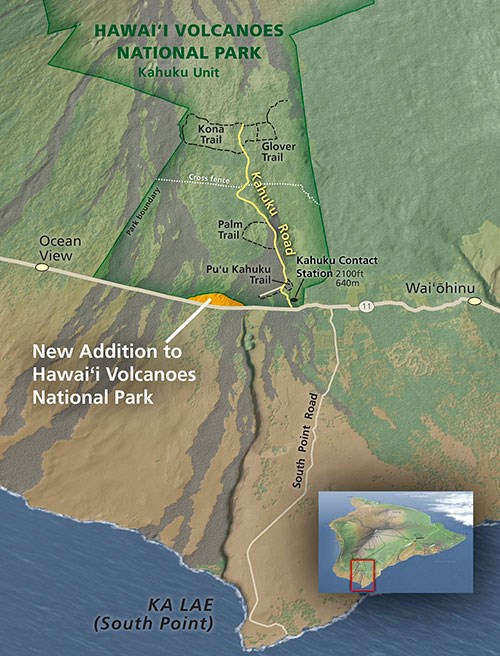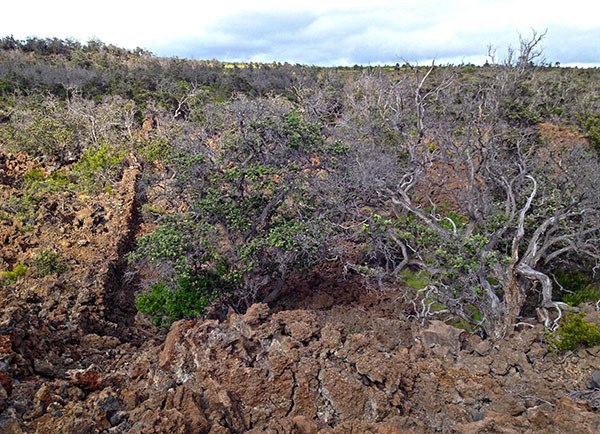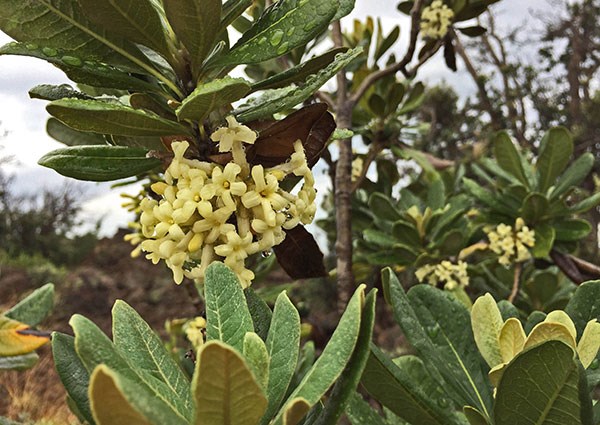News Release
You are viewing ARCHIVED content published online before January 20, 2025.
Please note that this content is NOT UPDATED, and links may not work. For current information,
visit https://www.nps.gov/aboutus/news/index.htm.

TNC Photo
|
Subscribe
|
Contact: Jessica Ferracane, 808-985-6018
Contact: Evelyn Wight/Senior Communications Manager, 808-537-3570 (cell)
Ka‘ū, Hawai‘i – A 222-acre property at the southern end of Hawaiʻi Island has been transferred from The Nature Conservancy (TNC) to Hawai‘i Volcanoes National Park. TNC purchased the property to preserve it for conservation. The parcel extends along 1.6 miles of Highway 11 between the towns of Ocean View and Nāʻālehu in the Kaʻū district.
NPS Photo
This land parcel was once part of the larger Kahuku Ranch. It is located on a stretch of Highway 11 that sees an estimated two million visitors a year, according to the State Department of Business Economic Development and Tourism (DBEDT).
“This property is a gem that links two types of forest habitat that are increasingly rare in Hawaiʻi: lowland mesic (or temperate) forest and lowland dry forest. These forest areas tend to coincide with where people like to live, so they are threatened globally and here in Hawaiʻi,” said Shalan Crysdale, the Conservancy’s Hawaiʻi Island Program Director. “We have been working to control invasive weeds such as Christmas berry, and have cleared more than 40 acres through volunteer and staff efforts,” he said.
The Conservancy conducted biological surveys and found that despite impacts by invasive weeds and mouflon (big-horned) sheep, the site is home to many native plants. They include lama and ‘ōhiʻa trees, ʻūlei (a flexible hardwood with fragrant blossoms), pūkiawe (a shrub with colorful berries), hō‘awa (a common food for ʻalalā, the Hawaiian crow) and aʻaliʻi (a flexible shrub with colorful seed pods). Native animals found in the parcel include the endangered ʻio (Hawaiian hawk), ʻōpeʻapeʻa (Hawaiian hoary bat), several species of rare insects, and two honeycreepers, the ʻapapane and ʻamakihi.

TNC Photo
The Conservancy has a long history of cooperation with private, state and federal partners to link lands together for conservation management. In 2003, TNC and NPS jointly purchased the 116,000-acre Kahuku Ranch. It was the largest conservation land transaction in the history of the State of Hawaiʻi and increased the size of the park to over 333,000 acres. The Conservancy also works with landowners, communities, cooperatives and businesses to establish local groups that can protect land. Examples include watershed partnerships, land trusts, conservation easements, community-based management agreements, and private reserves. These combined efforts help preserve natural areas and important landscapes in Hawai‘i and around the globe. To date, the Conservancy has protected 21 million acres in the U.S. and 103 million acres globally.

TNC Photo
###
Last updated: March 6, 2018
